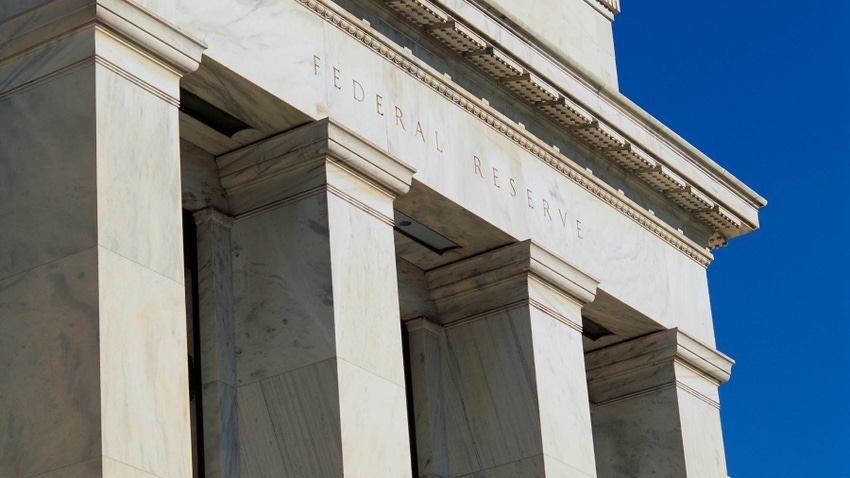
In the last column, we discussed issues concerning the headwinds faced by the U.S. economy and the factors leading to a possible mild or steeper recession were presented. Now, let's intensify some of the conditions that could create a possible economic derecho, or a steep recession.
Fiscal unsustainability
Over the years, I have discussed black swan events, or unusual events, that can quickly place an economy in a recession and, to some extent, create social disorder. The events of 9/11 and the COVID-19 pandemic are two events that come to the top of mind. However, seldom discussed is the “gray rhino,” which is a variable that could cause disruption. A gray rhino is something that is known, but it is being ignored because people are complacent and no one does anything about it. The crash of the housing market in 2009 and the resulting Great Recession is one example of a gray rhino.
A large gray rhino is manifesting itself in the bubble of government debt at nearly $34 trillion. Both Democratic and Republican administrations have allowed debt to balloon despite relatively good economic times. As a result of the pandemic related spending, the federal debt has increased from approximately $20 trillion in 2020 to its current level of $34 trillion.
The increasing U.S. federal debt is fiscally unsustainable. This is on the heels of loose monetary policy by the Federal Reserve, which has created an aura of complacency for consumers, households, businesses, and state and local governments that the central bank and the federal government will “take care of us.”
Increasing long-term interest rates
One of the implications of increasing federal debt and loose monetary policy is the downgrade of credit by the international rating firms such as Standard & Poor's. This sends a signal to investors that the U.S. debt must receive a higher risk premium for new funding. The result has been an increase in interest rates on government debt and long-term monies, which impacts the cost of money to small businesses including farmers and ranchers.
For example, the Farm Credit System is a government sponsored entity (GSE). A downgrade in government debt is reflected in this institution’s funding costs. This in turn results in an increase in interest rates for farmers and ranchers. This is also rippling into the banking industry as well. The bottom line is that the zero-bound interest rates of 2008 to 2020 are in the rearview mirror and sustained higher cost of borrowing is in the future, which will impact profit margins. What is the breaking point on deficits and debt and how will it impact the cost of money, the inflation rate, and the overall health of the general and agricultural economies?
It appears that we are in a period of regional wars and conflicts without defined outcomes and it is causing uncertainty when making short and long run decisions. Whether it is Ukraine, Russia, the Middle East, China, the Philippines, Taiwan or possible conflicts in southern Europe, the cost is psychologically impacting both investors and consumers and these are headwinds to the U.S. and global economies.
Finally, $100 per barrel oil, interest rates in the double digits, and unemployment shooting up to five or six percent could be the triple whammy for a long-term economic derecho. Of course, only time will tell!
About the Author(s)
You May Also Like






